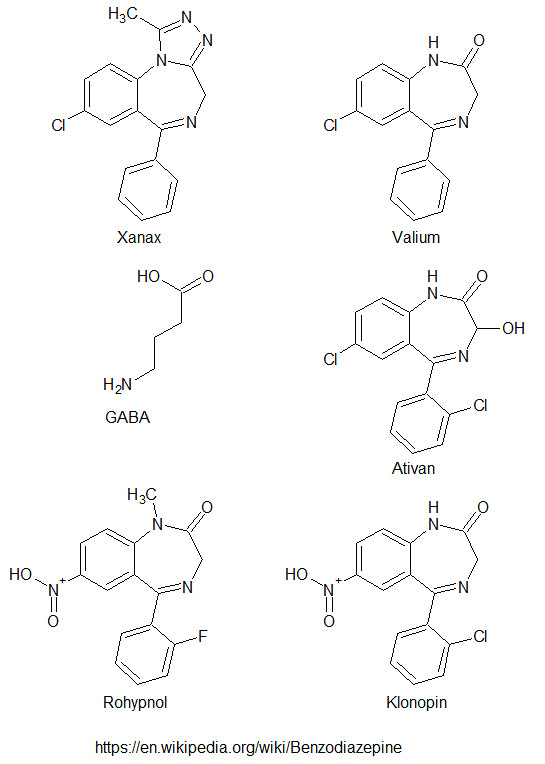This semester was so stressful! (see previous posts eLearning then Checking in) I was so self-involved trying to be extrordinary that I forgot it's more important to keep it simple. In 2018, I hope to leave at least 6 hours each day for empty space and see what happens (how the time gets filled in). Last semester, I was scheduled so tightly that I really had no time that wasn't already spoken for. It was actually quite ridiculous. Anyway, that's a long way of making an excuse for how I would come home at 11pm (after night lab) and then have to teach at 8am the next morning. So I would dissolve Alka Seltzer Plus Night Cold & Flu in 4 oz of water and crash out. It would help me sleep no matter what.
Then, on dear husband's birthday (see previous post behind the curtain) we boarded the Catalina Express and spent the weekend out driving around in a golf cart and in cars throughout Los Angeles, Riverside, and Orange counties. My mother-in-law gave me Dramamine so that I wouldn't get motion-sick. I took the maximum recommended dose in the morning, and then took another dose 6 hours later. I felt just like I had drank an entire bottle of red wine. But also, I felt a similar feeling the next day as I felt when I had taken the Alka-Seltzer Plus Night Cold & Flu, which made me wonder about the active ingredients in each.
 |
| Antihistamines and the endogenous ligand |
 |
| Dale discovered histamine,1910 |
Antihistamines, including diphenhydramine, were introduced in the 1940s. Dale isolated histamine and discovered its role in nerve signal transduction. Bouvet together with his student Anne-Marie Staub synthesized and tested the first antihistamines. These compounds were too toxic; not until 1942 were the first medically useful antihistamines developed by Bernard Halpern.
I have written about the histamine H2 receptor in a previous post. There are histamine H3 and H4 receptors also, but this post is going to stay on the topic of compounds that block the histamine H1 receptor.
 |
| Bouvet discovered antihistamine, 1937 |
Second-generation antihistamines cross the blood–brain barrier to a much lower degree than the first-generation antihistamines. Their main benefit is they primarily affect peripheral histamine receptors and therefore are less sedating. These are newer drugs, but this post will continue to focus on the first-generation antihistamines, which are available over-the-counter at an affordable cost.
An advantage to the use of antihistamines for treatment of insomnia is that tolerance does not occur during regular use. A disadvantage to the use of antihistamines for treatment of insomnia is impairment of alertness, cognition, learning and memory. Overdose is possible, leading to death via respiratory depression. Diphenhydramine overdoses (0.5-1 g) whether accidental, suicide or homicide, are a common event in the United States. Therefore, poison control centers have guidelines for triage and management for antihistamine toxicity after overdose.
This research and writing has inspired me to devote my next chemistry-related post to drugs that are stimulants of the xanthine class. Dimenhydrinate, for example, is a combination of diphenhydramine and 8-chlorotheophylline. The stimulant counteracts the calming effects of the antihistamine.
References
Mahdy, Amr M. and Webster, N. R. Histamine and antihistamines, Anaesthesia & Intensive Care Medicine, Volume 12, Issue 7, 2011, Pages 324 - 329.
Mitchell, H. A. and Weinshenker, D. Good night and good luck: norepinephrine in sleep pharmacology, Biochemical Pharmacology,Volume 79, Issue 6, 2010, Pages 801-809.
Simons, F. E. R. and Simons, K. J. Histamine and H1-antihistamines: Celebrating a century of progress, Journal of Allergy and Clinical Immunology, Volume 128, Issue 6, 2011, Pages 1139-1150.
Stojković, N., Cekić, S., Ristov, M., et al. Histamine and Antihistamines / Histamin i antihistamini. Acta Facultatis Medicae Naissensis, Volume 32, Issue 1, 2015, pp. 7-22.
Yanai, K; Yoshikawa, T.; Yanai, A.; Nakamura, T; Iida, T.; Leurs, R and Tashiro, M. The clinical pharmacology of non-sedating antihistamines, Pharmacology & Therapeutics, Volume 178, 2017, Pages 148-156.

